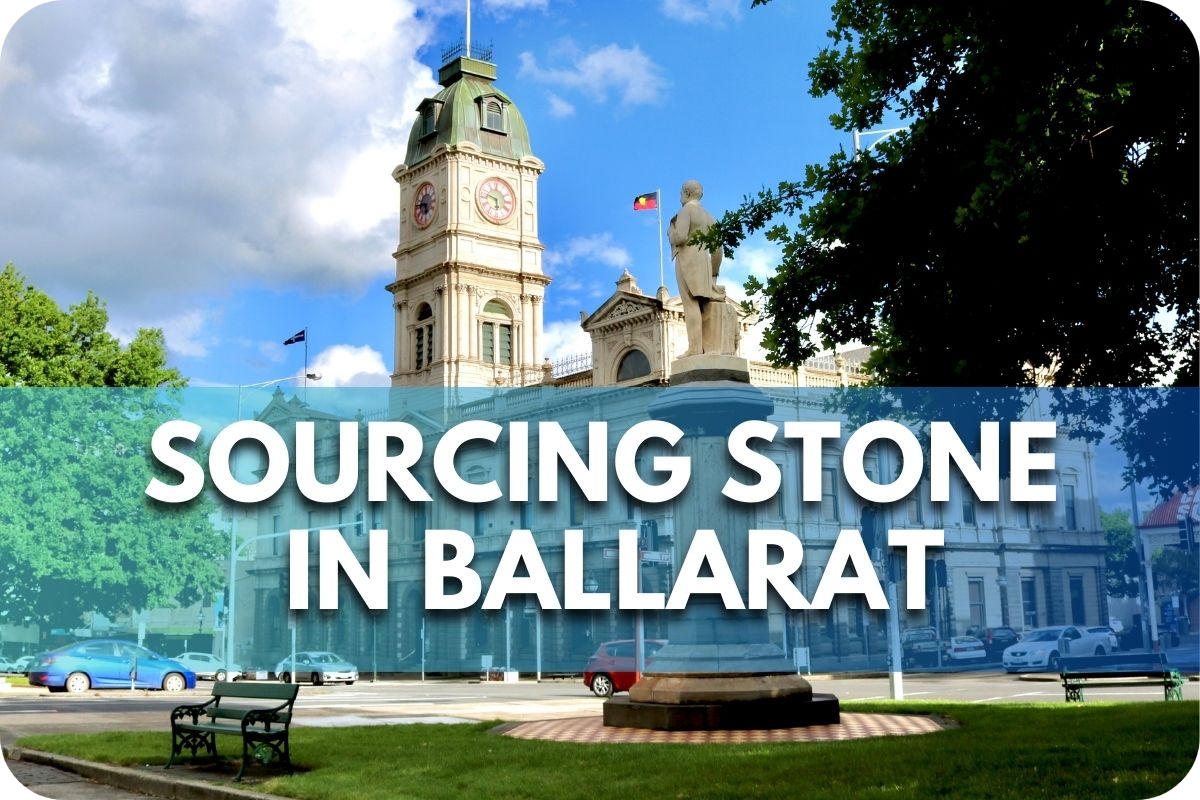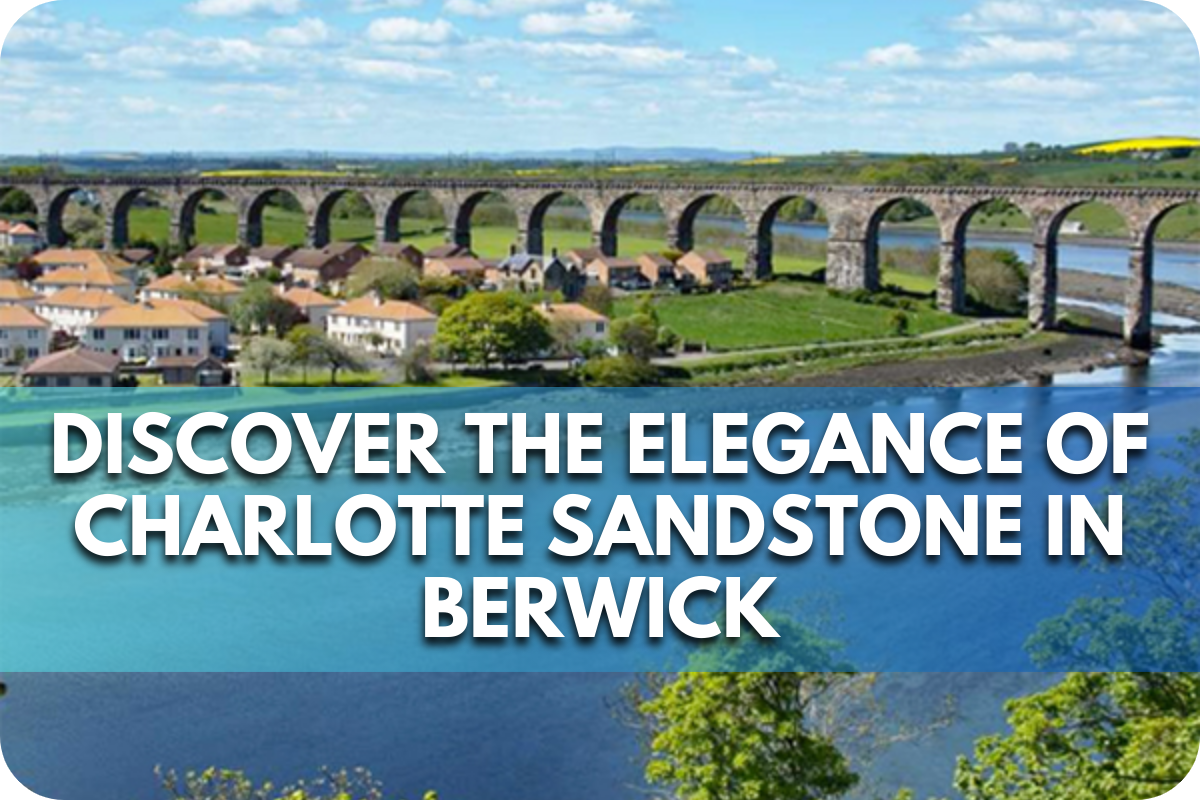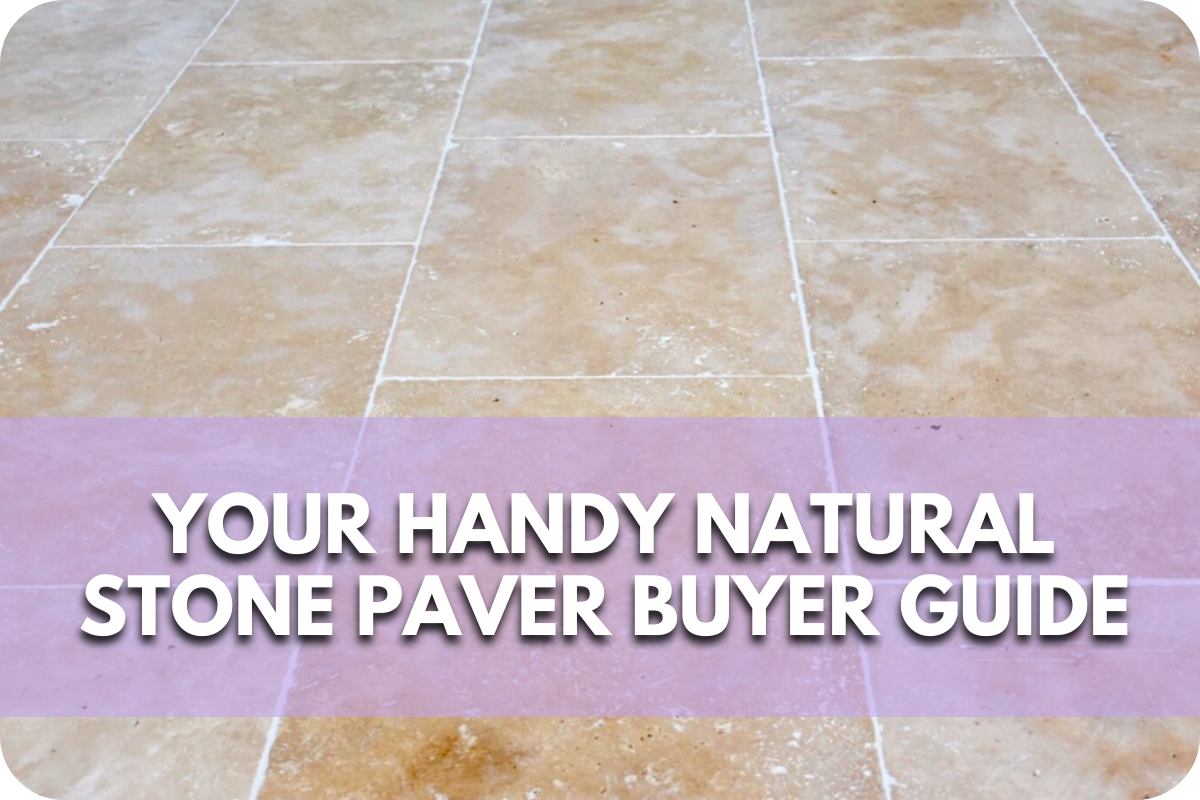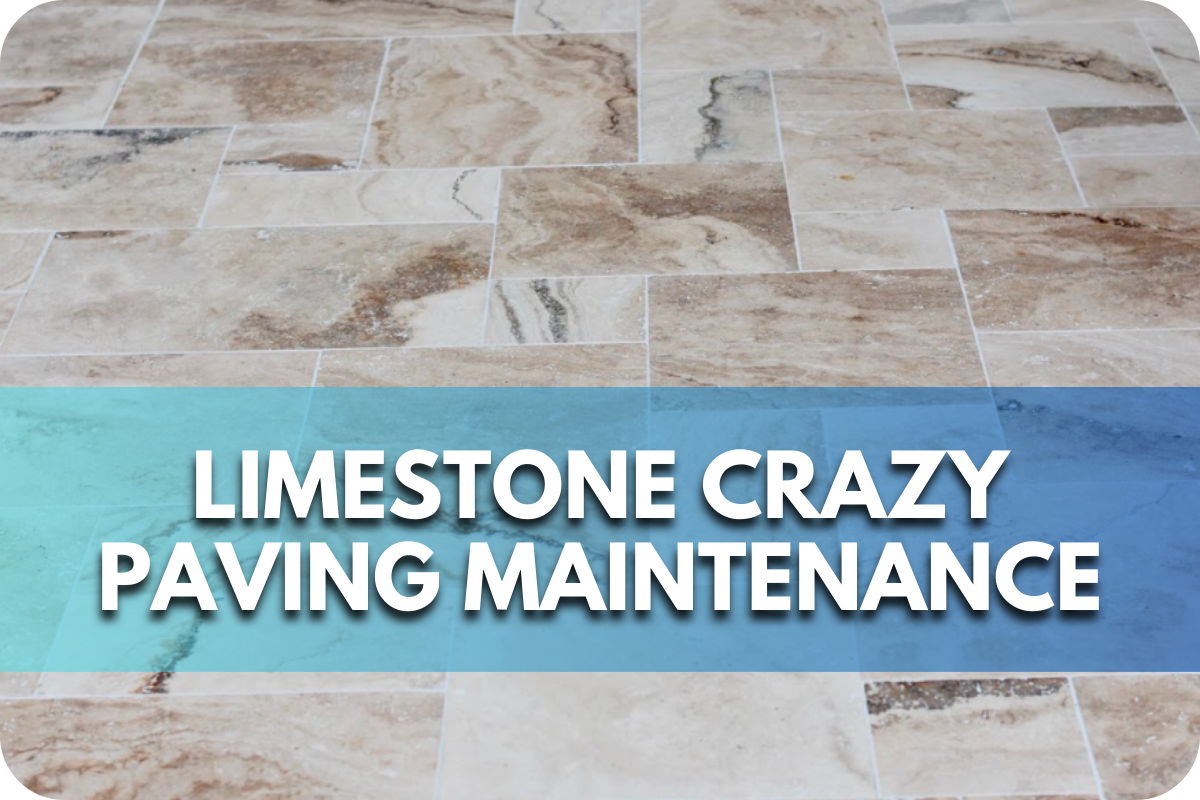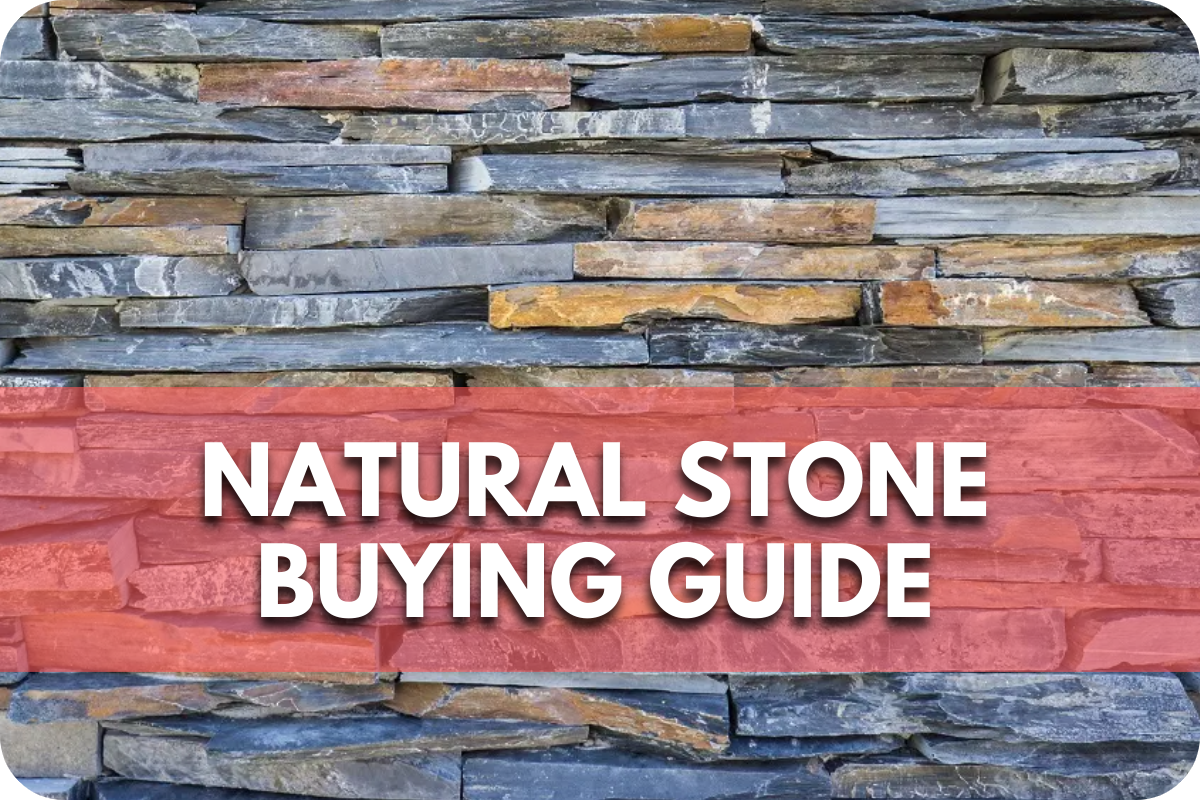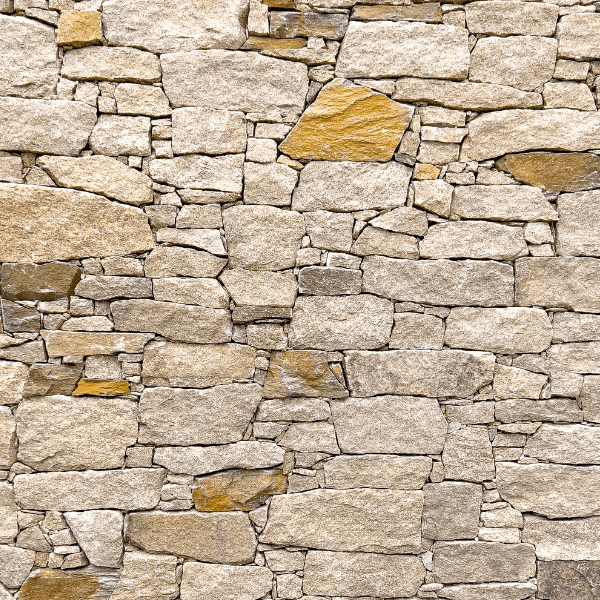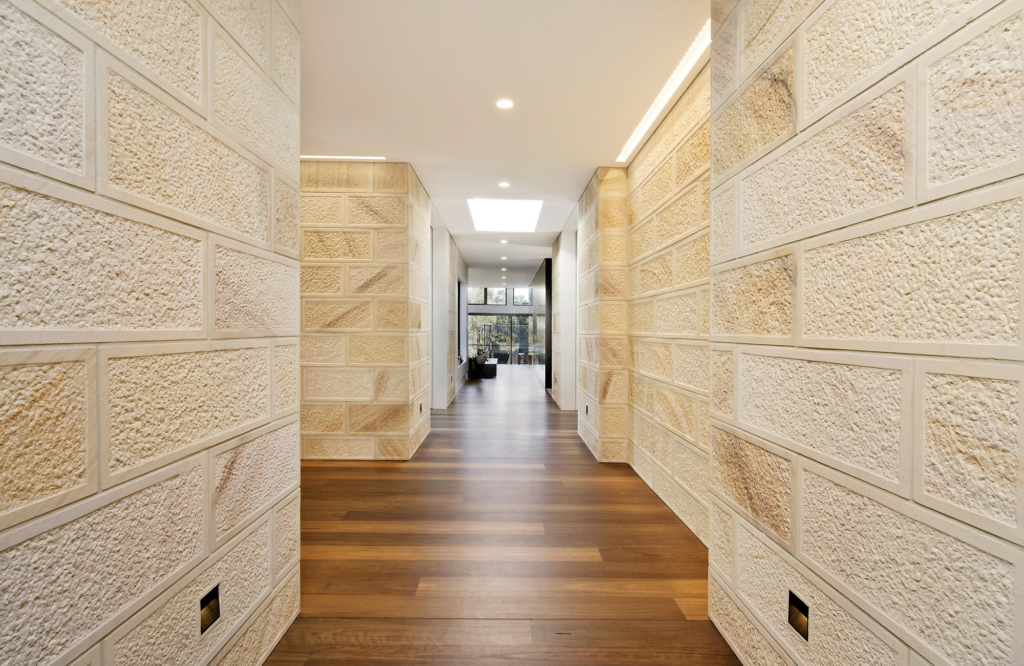The Best Stone Suppliers in Sunshine Coast
Finding high-quality stone for construction and landscaping projects on the Sunshine Coast can be challenging. There are many options, but the quality and service standards vary.
The frustration of dealing with inconsistent material quality, late deliveries, and unresponsive customer service can slow down your project and increase costs unnecessarily.
Our guide to the best stone suppliers in the Sunshine Coast highlights reliable vendors known for their premium products, timely service, and excellent customer support, ensuring your projects succeed without hassle.
Discovering Local Stone Varieties
The Sunshine Coast is renowned for its diverse and unique local stone varieties, making it a prime location for sourcing premium materials for your projects.
One standout is the distinctively coloured Sunshine Coast Granite, which offers unparalleled durability and aesthetic appeal for indoor and outdoor applications.
This locally sourced stone is celebrated for its rich hues, ranging from deep blacks and greys to vibrant pinks, making it a versatile choice for countertops, flooring, and outdoor landscaping.
Another notable variety is the Coastal Sandstone, characterised by its warm, earthy tones and natural texture. Ideal for garden walls, pathways, and pool surrounds, Coastal Sandstone blends seamlessly with the region’s natural landscape, enhancing the beauty of any outdoor space.
In addition, the Sunshine Coast boasts high-quality limestone, which is known for its versatility and timeless elegance. This stone is perfect for modern and traditional designs and offers a range of finishes, from honed to polished.
The region also offers exquisite Quartzite, prized for its strength and striking colour variations. Quartzite’s resistance to heat and wear makes it an excellent choice for kitchen countertops and outdoor BBQ areas.
With its characteristic veining and rich palette, Travertine from the Sunshine Coast is ideal for creating luxurious bathroom interiors and sophisticated patios. Its natural slip resistance also makes it a safe option for poolside installations.
Selecting a Reputable Stone Supplier
Choosing a reputable stone supplier on the Sunshine Coast is crucial to ensure the quality and success of your construction or landscaping project. Here are key points to consider when selecting a supplier:
- Quality of Stone: Assess the consistency and quality of the stone offered. Reputable suppliers will provide uniform and suitable stones for specific applications without cracks or irregularities.
- Range of Options: Look for suppliers who offer a diverse selection of stone types and finishes, catering to different aesthetic and functional needs. This variety allows greater flexibility in design.
- Reliability and Timeliness: Reliable suppliers deliver on time, ensuring your project stays on schedule. Check their delivery policies and read customer reviews to gauge their punctuality and service reliability.
- Customer Service: Good suppliers provide excellent customer service, offering advice and support throughout the selection and purchase process. They should be able to answer technical questions and provide insights into the best stone choices for your needs.
- Pricing: Ensure the pricing is transparent and competitive. Reputable suppliers will offer fair prices commensurate with the quality of their products.
Top Stone Suppliers on the Sunshine Coast
Finding the right stone supplier is crucial for ensuring the success of your construction or landscaping project. The Sunshine Coast is home to several top-notch suppliers known for their quality materials and exceptional service.
- Splendour in Stone is a leading supplier renowned for its extensive range of high-quality stones, including Granite, Sandstone, Limestone, Quartzite, and Travertine. They pride themselves on their exceptional customer service, providing expert advice and custom-cutting services to meet the specific needs of your project. Their commitment to quality and reliability makes them a top choice for residential and commercial projects.
- Verona Stone: offers a wide range of natural stone slabs, wall cladding, and paving options. Its collection includes unique stones like Taj Mahal Quartzite, sourced directly from Brazil, ensuring premium quality and exclusivity.
- Coastal Stone and Paving Supplies offer an extensive range of natural stones, including Travertine and Granite, pool coping, and wall cladding. Their expertise in sourcing high-quality stone products makes them a reliable choice for various paving needs.
- Project Stone Australia boasts Queensland’s most extensive range of natural stone surfaces. They offer a variety of stones, such as Basalt, Granite, Limestone, and Travertine, as well as engineered stone options. Their extensive collection and strong industry reputation make them a go-to supplier for many large-scale projects.
- Integral Stone: specialises in residential and commercial stone masonry projects, offering a diverse selection of stones, including Granite, Marble, and Quartzite. Their custom stone solutions and close collaboration with designers and builders ensure top-quality outcomes for every project. Integral Stone
Tips for Assessing Stone Quality
When assessing stone quality, several key factors must be considered to ensure you select the best material for your project. Here are essential tips for evaluating stone quality:
- Absorption Rate: Check the stone’s absorption rate. A lower rate indicates a denser, more durable stone that is less likely to stain or crack, making it suitable for high-moisture areas.
- Uniformity of Color and Pattern: Examine the stone for consistency in colour and pattern. Variations can add character, but consider whether inconsistencies could challenge achieving a uniform appearance for your project.
- Thickness and Cut Precision: Ensure the stone slabs or tiles are uniformly cut. Irregular thickness can complicate installation and affect the stability and appearance of the finished surface.
- Structural Integrity: Look for cracks, chips, and fissures. These flaws can weaken the stone and impact its durability and aesthetic appeal.
- Finish Quality: Assess the quality of the stone’s finish. A well-polished stone should have a smooth surface without pits or scratches, which can affect the look and maintenance of the stone.
Highlighted Projects Using Local Stone
Highlighted Sunshine Coast projects demonstrate local stone’s versatility and aesthetic appeal. One notable example is the Caloundra Civic Center, where Sunshine Coast granite adorns the façade, blending durability with elegance.
This local granite is renowned for its unique salt-and-pepper pattern, which provides a distinctive, rugged look that complements the civic building’s modern architectural lines.
Another exemplary project is the Noosa National Park Visitor Centre. Here, locally sourced sandstone has been extensively used in interior and exterior structures.
The warm, earthy tones of the sandstone integrate seamlessly with the natural surroundings, enhancing the park’s environmental ethos. This stone is particularly favoured for its thermal properties, keeping the interiors cool during summer.
The Sunshine Coast University Hospital has also incorporated regional travertine in its main entrance and public spaces.
This choice underscores the hospital’s commitment to using sustainable, local materials and creates a welcoming, serene atmosphere beneficial for patients’ recovery.
These projects showcase local stone’s functional and aesthetic versatility, emphasizing its role in sustainable construction and design on the Sunshine Coast.
Advice for Buyers
When purchasing stones from suppliers on the Sunshine Coast, buyers should prioritize quality, source, and suitability to ensure their project’s success. Here are essential tips for making informed choices:
- Understand the Properties: Different stones have unique characteristics like durability, porosity, and resistance to weather. For example, granite is highly durable and ideal for high-traffic areas, while sandstone offers a softer appearance but requires sealing to prevent staining.
- Verify the Source: Opt for locally quarried stone to reduce transportation costs and support the local economy. Additionally, local stone often harmonizes better with the Sunshine Coast’s natural landscapes.
- Request Samples: Always ask for samples to test in your specific environment. This is crucial for assessing how the stone’s colour and texture will look under various lighting conditions and against other construction materials.
- Check for Certification: Ensure the supplier has certifications that guarantee ethical quarrying practices and quality stone production. This certification also often indicates a higher standard of stone that can withstand the local climate.
- Discuss Aftercare: Talk to your supplier about maintenance requirements. Natural stone can last a lifetime if properly cared for, so understanding the necessary upkeep will help preserve its beauty and functionality.
Conclusion
The Sunshine Coast offers a wealth of top-tier stone suppliers, such as Splendour in Stone, Verona Stone, Coastal Stone and Paving Supplies, Project Stone Australia, and Integral Stone. Choose the best for your next project to ensure quality and reliability.
Visit their websites today to explore their extensive ranges and get expert advice tailored to your needs.


